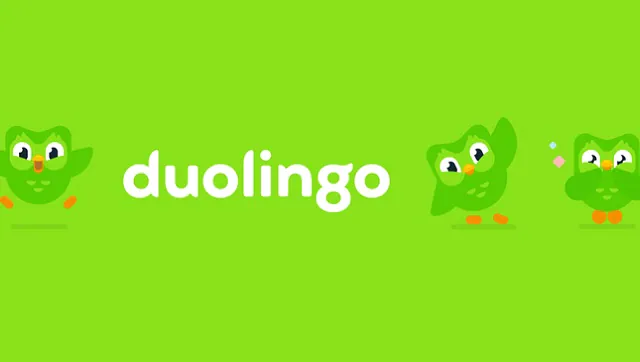Duolingo is the most downloaded education app in the history of the App Store and in 2019 became the top-grossing education app worldwide.
Pittsburg-based language learning business Duolingo has decided to go public and has filed its US IPO on 28 June. It also plans to get enlisted on NASDAQ under the name Duol.
Co-founded in 2011 by Luis von Ahn, the inventor of CAPTCHA and reCAPTCHA, and Severin Hacker, Duolingo offers 98 courses across 39 distinct languages — from some of the world’s most spoken, such as English, Spanish, French and Italian, to rare and almost endangered ones like Hawaiian, Navajo and Scottish Gaelic. Duolingo is the most downloaded education app in the history of the App Store and in 2019 became the top-grossing education app worldwide.
Duolingo was created, as the website puts it, “so that everyone could have a chance.” And thus, the app offers language education free of cost, without any hidden fees or premium content.
In these 10 years, the app has grown exponentially. With a user base of nearly 500 million spanning 194 countries, Duolingo’s courses teach languages from every continent, endangered and indigenous languages, two fictional languages, one classical language, and 22 English courses each targeting speakers of a different language.
Duolingo and its growth over the pandemic:
The company’s revenue increased 129 percent as it grew from US$ 70.8 million in 2019 to US$ 161.7 million in 2020. In its IPO filing, Duolingo also reported US$ 55.4 million in revenue during the first quarter of 2021 — a 97 percent jump from last year — while its net losses widened more than six-fold to US$ 13.5 million, as reported by CNBC.
This definitely shows how the pandemic has helped Duolingo’s business to a great extent. In one of their blogs, it states that the global traffic on Duolingo soared in March, as COVID-19 spread across the globe and as more countries began implementing stay-at-home orders and closing businesses and schools. “Over the month of March, new users on Duolingo increased by 101 percent. The increase in new users was especially sharp from 9 to 16 March, the week in which the World Health Organisation labelled the virus a global pandemic: growth in new users was 39 percent from one week to the next,” the blog report said.
spread across the globe and as more countries began implementing stay-at-home orders and closing businesses and schools. “Over the month of March, new users on Duolingo increased by 101 percent. The increase in new users was especially sharp from 9 to 16 March, the week in which the World Health Organisation labelled the virus a global pandemic: growth in new users was 39 percent from one week to the next,” the blog report said.
In the Indian context, the report added: “In India, the pandemic and government response are more recent: the country issued a lockdown order at the end of March, but with the health crisis looming, Indians began responding on their own even earlier. By 23 March, new Duolingo users in India skyrocketed over 108 percent compared to the end of February, and interest in learning with Duolingo continued to surge past 320 percent during the final week of March!”
Duolingo and India:
In India, along with Hindi, English is one of the two official languages. It is used in higher education, administration, official communication among other things, and that’s probably the reason why many call English the “de facto national language of India”. It is the top language studied on Duolingo; nearly a third of Duolingo users in India are learning English. In their report, Duolingo estimates that only about 10 percent of India’s total population speaks English well, despite it being “an unequivocally important language in the region.” It observes that those who don’t speak it have more limited access to jobs and basic services.
Hindi is one of Duolingo’s fastest-growing languages along with Korean, Japanese, Turkish and Chinese; in fact, according to their 2020 Global Language Report, Hindi is at the first spot. Learners’ motivations indicate that school is the most important factor in studying Hindi, followed by brain training. Other factors include work, travel, family, culture etc. The app’s research survey suggests that part of this language’s recent popularity may be related to Duolingo’s substantial growth in India in 2020, and there were more Hindi learners in India this year than in any other country.










